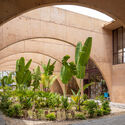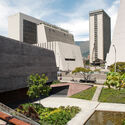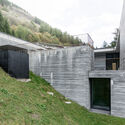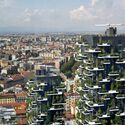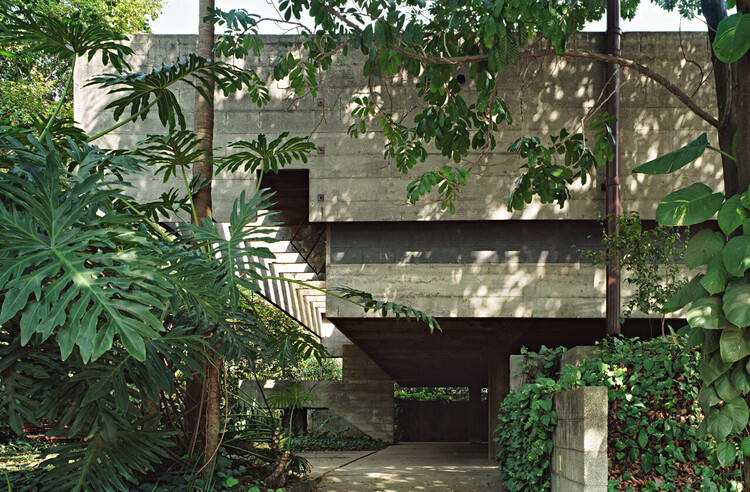 Casa Butantã – Paulo Mendes da Rocha. Image © Nelson Kon
Casa Butantã – Paulo Mendes da Rocha. Image © Nelson Kon
Share
Or
https://www.archdaily.com/1032094/understanding-eco-brutalism-the-paradox-of-structure-sustainability-and-style
The built environment is expected to reduce carbon emissions, support biodiversity, and respond to changing ecological conditions, all while providing housing for communities and reflecting their cultural values. In this shifting landscape, a once-maligned architectural style emerges in a surprising new form. Brutalism, long associated with institutional gravitas and material austerity, is now being reframed through an ecological lens. This hybrid movement, known as eco-brutalism, combines the power of concrete with greenery and climate-sensitive design strategies. The result is a set of spaces that are visually arresting, conceptually complex, and increasingly popular among designers, urban planners, and the general public.
Brutalist structures are traditionally characterized by their monumental use of concrete and steel, their rejection of ornament, and a kind of pragmatic honesty born from post-war reconstruction. Schools, churches, housing estates, libraries, and civic centers built during the 1960s and 70s embody this legacy. These buildings were not meant to charm. They were designed to endure. Eco-brutalism challenges and reinterprets that legacy, often maintaining the expressive mass and clarity of Brutalism while introducing organic elements, such as plants, natural light, and passive performance systems. Vegetation clings to balconies, vines drape over facades, rooftop gardens reclaim flat concrete surfaces, and interiors are shaped by light and air as much as by structure.



